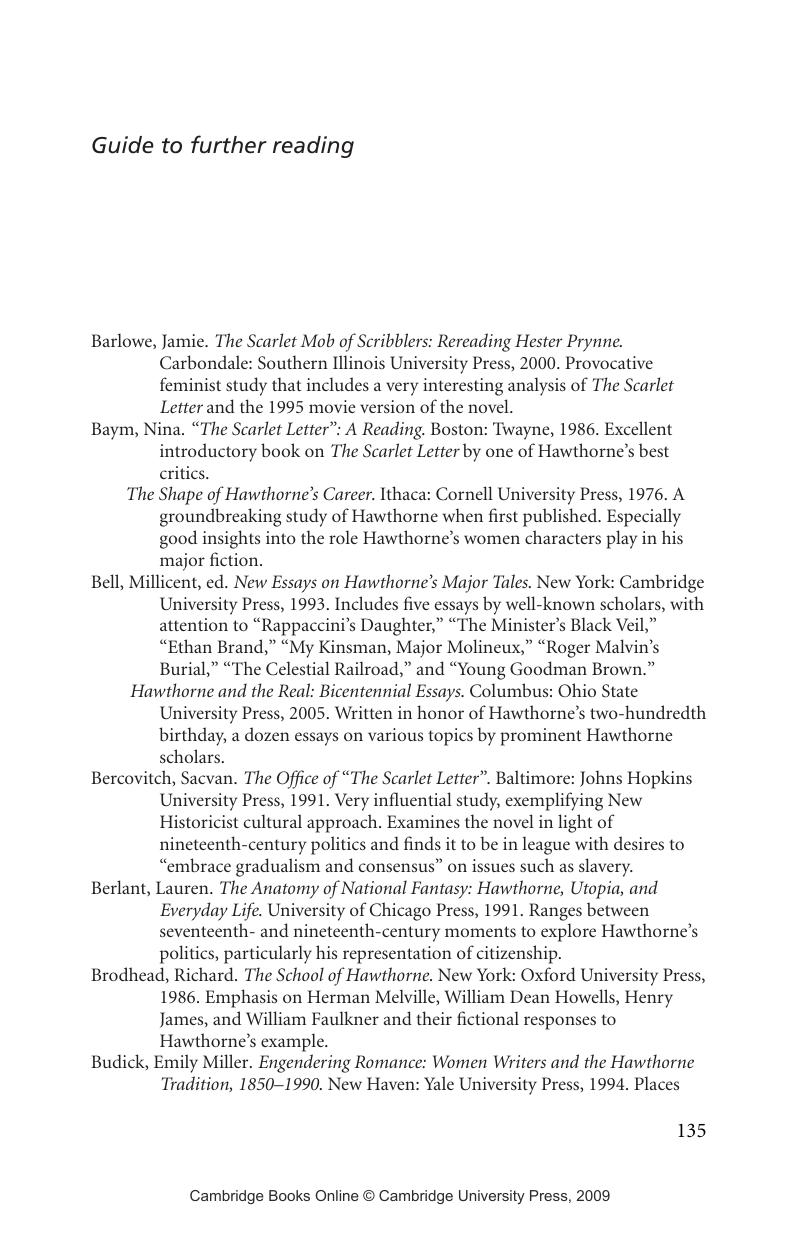Guide to further reading
Published online by Cambridge University Press: 05 June 2012
Summary

- Type
- Chapter
- Information
- The Cambridge Introduction to Nathaniel Hawthorne , pp. 135 - 139Publisher: Cambridge University PressPrint publication year: 2007

